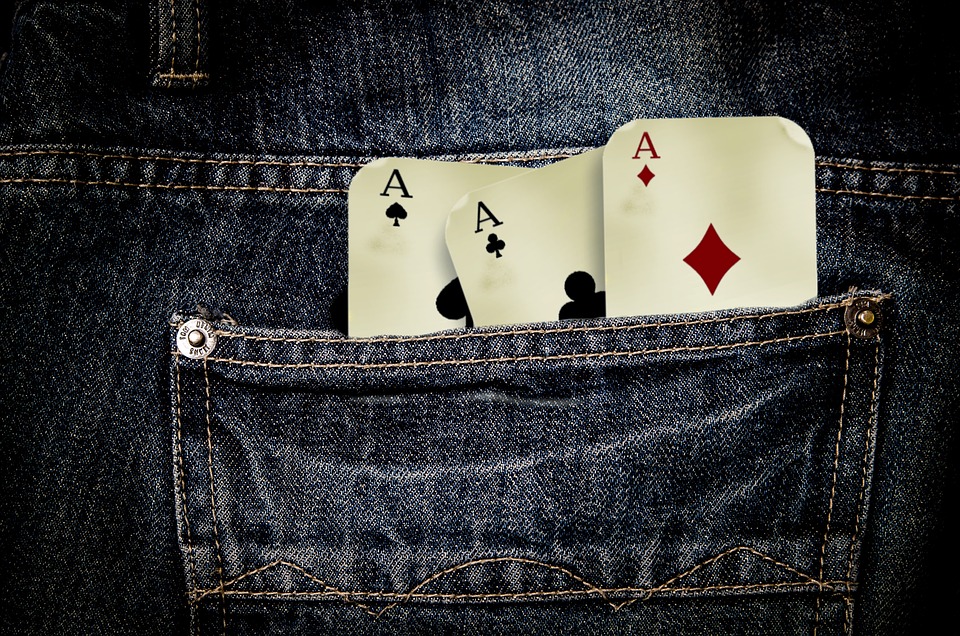- You are here:
- Home »
- Uncategorized »
- Ace Your Game with These Tips for Finding the Perfect Tennis Shoes
Ace Your Game with These Tips for Finding the Perfect Tennis Shoes

As a tennis player, your shoes can make or break your game. Finding the perfect tennis shoes is crucial, as they will provide you with the support, stability, and comfort needed to perform at your best. With so many options out there, it can be overwhelming to choose the right pair. However, by following these tips, you can ace your game and find the perfect tennis shoes.
1. Consider the Court Surface
The court surface you play on will affect the type of shoes you need. There are three main types of court surfaces: hard courts, clay courts, and grass courts. Hard courts are the most common and a versatile pair of shoes is what you need. Clay court suggests a sole and outsole that performs well on clay while grass courts require a sole with specific traction patterns that prevent sliding. It is important to find shoes that are suitable for the court surface you play on to prevent injuries and improve your performance.
2. Know Your Foot Type
Understanding your foot type is important when selecting tennis shoes. There are three types of feet: overpronated, neutral, and underpronated. Overpronated feet roll inward, neutral feet remain stable, and underpronated feet roll outward. Look for shoes with features that cater to your foot type such as extra cushioning for overpronated feet, stability for neutral feet, and flexibility for underpronated feet.
3. Get the Right Fit
Having the right fit is essential for performance and to prevent injuries. Look for shoes that fit snugly but not too tight. There should be some space at the toe and the width of the shoe should match the width of your foot. Try on tennis shoes with the socks you would use on court to ensure the proper fit.
4. Consider Support
Support is vital when it comes to tennis shoes. Look for shoes with sufficient arch support and lateral support. This will prevent injuries to your feet and ankles and improve your stability on the court. Tennis shoes with a reinforced toe cap can also provide additional support and durability.
5. Look for Durability
Tennis shoes experience a lot of wear and tear, so it’s important to choose a durable pair. Consider the materials used in the shoes and look for a non-marking sole to protect the court. Reinforced areas on the shoes such as the outsole, upper, and toe cap can also improve the durability.
6. Comfort is Key
Comfort is paramount when it comes to tennis shoes. Look for shoes with cushioning, especially in the heel and forefoot areas of the shoe. This will absorb shock and reduce stress on your feet. Consider the weight of the shoes as this will affect your agility and speed on the court.
FAQs
Q: How often should I replace my tennis shoes?
A: Generally, tennis shoes should be replaced every six months to a year. This depends on how often you play and the wear and tear on the shoes, though. If the soles are worn down, the shoes are no longer providing adequate support, or there are visible signs of wear and tear, it’s time to replace them.
Q: Can I wear running shoes instead of tennis shoes?
A: Running shoes may seem similar to tennis shoes, but they are designed for different activities. Tennis shoes have added features such as lateral support, durability, and traction that are specific to the movements on the tennis court. Running shoes lack these features and could hinder your performance and increase the risk of injury.
Q: How tight should tennis shoes be?
A: Tennis shoes should fit snugly, but not too tight. Your foot should have some space to move inside the shoe, especially at the toe. The width of the shoe should match the width of your foot, and you should be able to lace the shoes up comfortably without any pressure points.
Q: Are expensive tennis shoes worth it?
A: Expensive tennis shoes can offer more features and higher quality materials than cheaper options. However, it’s important to find a pair that meets your individual needs and fits within your budget. Don’t assume that the most expensive shoes are automatically the best option for you.
In conclusion, finding the perfect tennis shoes can be a game-changer in your performance. Consider the court surface, your foot type, support, durability, and comfort when choosing your shoes. Finding the right pair of shoes will give you the confidence and stability needed to ace your game on the court.
Check our detailed reviews https://tennisgearhub.com/reviews

